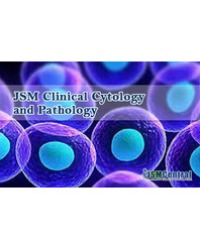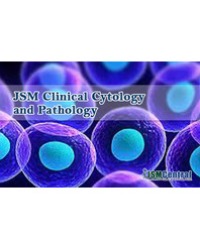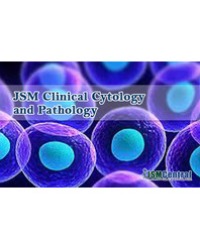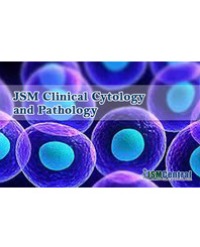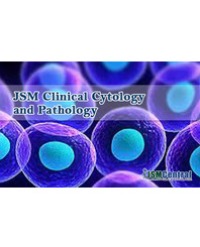
Posterior Mediastinal and Paravertebral Sulcus and Supra Diaphragmatic Thymoma: Case Report and Literature Review
Background: The incidence of ectopic thymus in the posterior mediastinum is very uncommon and rare. It is difficult to exclude thymoma before surgical procedure. Thymomas generally arise from the thymus in the anterior mediastinum. Ectopic thymomas arising in the posterior mediastinum are extremely rare. We present a case of thymoma which incidentally arising in the left Posterior Mediastinal, paravertebral sulcus and supra diaphragmatic region.
Case: The patient was a 67-years-old woman who underwent an enhanced-computed tomography examination as preoperative staging for renal mass. A 10cm×6cm mass was found incidentally in the left Posterior mediastinum, paravertebral sulcus region over the diaphragm, which mimicking enlarged possibility metastases from renal mass, lymph node or mediastinal mass. The tumor of mediastinum was resected by surgery after removed renal mass via extension of left flank incision in 10th intercostal space through phrenotomy. Postoperative pathological diagnosis of mass was type AB thymoma and diagnosis of kidney mass was angiolipoma. Patient referred to radiotherapy department. The patient was disease-free and without recurrence one year’s postoperatively.
Conclusion: When a mass located in the posterior mediastinum, ectopic thymus gland should be included in differential diagnosis. Imaging-techniques as CT-scan or MRI can help the extension of the mass. Ectopic thymus usually has a benign clinical course, if preoperative tissue diagnosis was benign, surgical resection is not recommended.
Manouchehr Aghajanzadeh¹, Ardelan Asadollh Ppour², Pedram Talebi³, Seyed Ali Jalali³, Hossein Hemmati¹, Mohammad Sadegh Esmaeili Delshad¹, Piroze Samidost¹, and Roholal Mousavi⁴*

